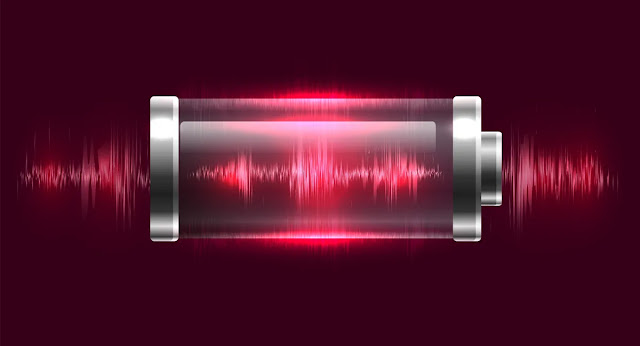Hemoglobin, a crucial component of red blood cells, may now be added to batteries, according to research from the University of Córdoba in Spain. A prototype of this technology lasted for 20 to 30 days.
One of the most environmentally friendly substitutes for the common lithium-ion batteries that power everything from laptops to electric cars is zinc-air batteries. The oxygen reduction reaction is the chemical process by which they function. The oxygen at the cathode, or positive end of the battery, is converted to water when air is drawn in, releasing electrodes that oxidize zinc at the anode, or negative end.
You need a good catalyst with certain very particular qualities to maintain that reaction. The researchers discovered that hemoglobin undoubtedly possesses specific properties. Senior author Manuel Cano Luna stated in a statement that a catalyst “has to have two properties to be a good catalyst in the oxygen reduction reaction: it needs to quickly absorb oxygen molecules and form water molecules relatively easily.” “And hemoglobin fulfilled those conditions.”
The protein called hemoglobin is responsible for the distinctive red color and oxygen-carrying capacity of red blood cells. It is essential to the functioning of our bodies and proved to be rather effective in the batteries, sustaining life for 20 to 30 days with just 0.165 mg of hemoglobin.
If these batteries are to be utilized in implanted devices like pacemakers, the researchers think that using a biocompatible catalyst like this could be crucial. The pH 7.4 at which the battery operates is extremely close to the pH of the blood. Given that many mammals have hemoglobin analogs, the possibilities may not be limited to humans.
But certain things need to be perfected still. The team is currently looking for a protein that might be able to convert water back into oxygen and restart the reaction cycle from scratch because the prototype’s main problem is that it is not rechargeable. Another drawback is that these batteries require oxygen, which means they are unsuitable for use in space applications.
However, it remains an intriguing prospect. One of the biggest obstacles in humanity’s journey towards a more sustainable future is energy storage. Batteries are always getting better. Although lithium-ion batteries play a significant role in that narrative, there are alternative solutions available due to concerns about sufficient lithium mining and the waste that these batteries produce.



